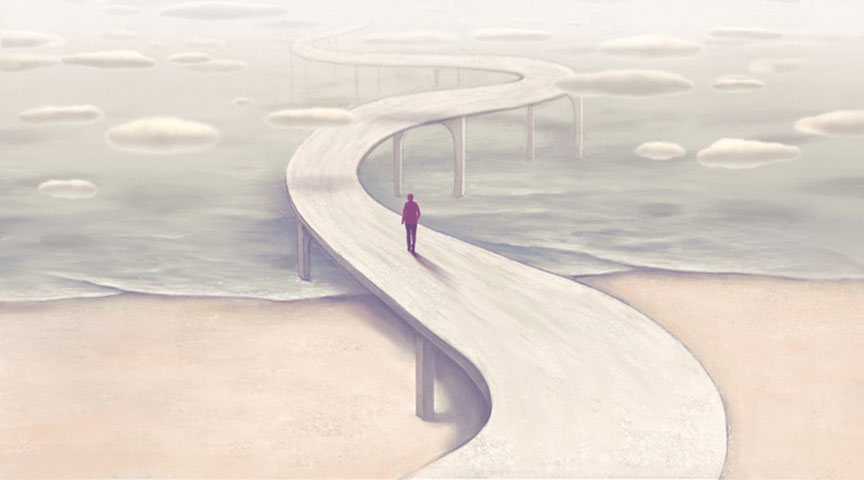In every life we have some trouble
When you worry you make it double
Don’t worry. Be happy.
It will soon pass, whatever it is.
Don’t worry. Be happy.
– Bobby McFerrin
Much has already been written in reaction to Robin Williams’s untimely death, about his incandescent talent, his prolific career, his decency and kindness, his addiction and his mental illness. His death robbed his fans of many more years of his genius and, of course, inflicted permanent grief on his loved ones.
In Johann Goethe’s 1774 novel The Sorrows of Young Werther the protagonist shoots and kills himself after the woman he loves marries another man. The novel became very popular. In the following years many young men in Europe committed suicide by dressing precisely as Werther is described in the novel and shooting themselves. The concept of suicide contagion was first described at that time, the idea that the romantic or idealized description of a suicide could trigger suicide in a susceptible person.
In the 1980s the media in Vienna was abuzz with extensive and dramatic coverage of the deaths of people who jumped in front of subway trains. In 1987 an educational campaign alerted reporters to the possible phenomenon of suicide contagion. The reporters were asked to use more neutral, less dramatic language, and to focus more on the victims’ lives rather than on the details of their deaths. In the subsequent six months, subway suicides and non-fatal suicide attempts dropped by more than 80%, and the total number of suicides in Vienna also decreased.
No one suggests that these stories cause suicide in mentally healthy readers. The victims of suicide contagion are clearly depressed and may already be suicidal. The theory is that stories that make suicide seem very prevalent, heroic or romantic give permission to suicidal readers to act on their impulse.
The magnitude and specific mechanism for this effect is, of course, difficult to study. Randomized studies obviously can’t be done, and some researchers argue that the evidence for suicide contagion is overblown. Nevertheless, mental health professionals and public health officials have compiled ” target=”_blank”>most recently of Robin Williams’s daughter). And because the public hasn’t been educated to consider suicide contagion, we inadvertently spread potentially dangerous messages.
” target=”_blank”>What happens when a suicide is highly publicized in the wrong way: The suicide contagion effect (Washington Post)
” target=”_blank”>Suicide contagion and social media: The dangers of sharing ‘Genie, you’re free’ (Washington Post)
” target=”_blank”>Cyberbullying pushes Zelda Williams to leave social media (Colorado 9 News)
” target=”_blank”>Don’t Worry Be Happy (the video to Bobby McFerrin’s song featuring Robin Williams)























 More news and opinions than at a Shabbat dinner, right in your inbox.
More news and opinions than at a Shabbat dinner, right in your inbox.